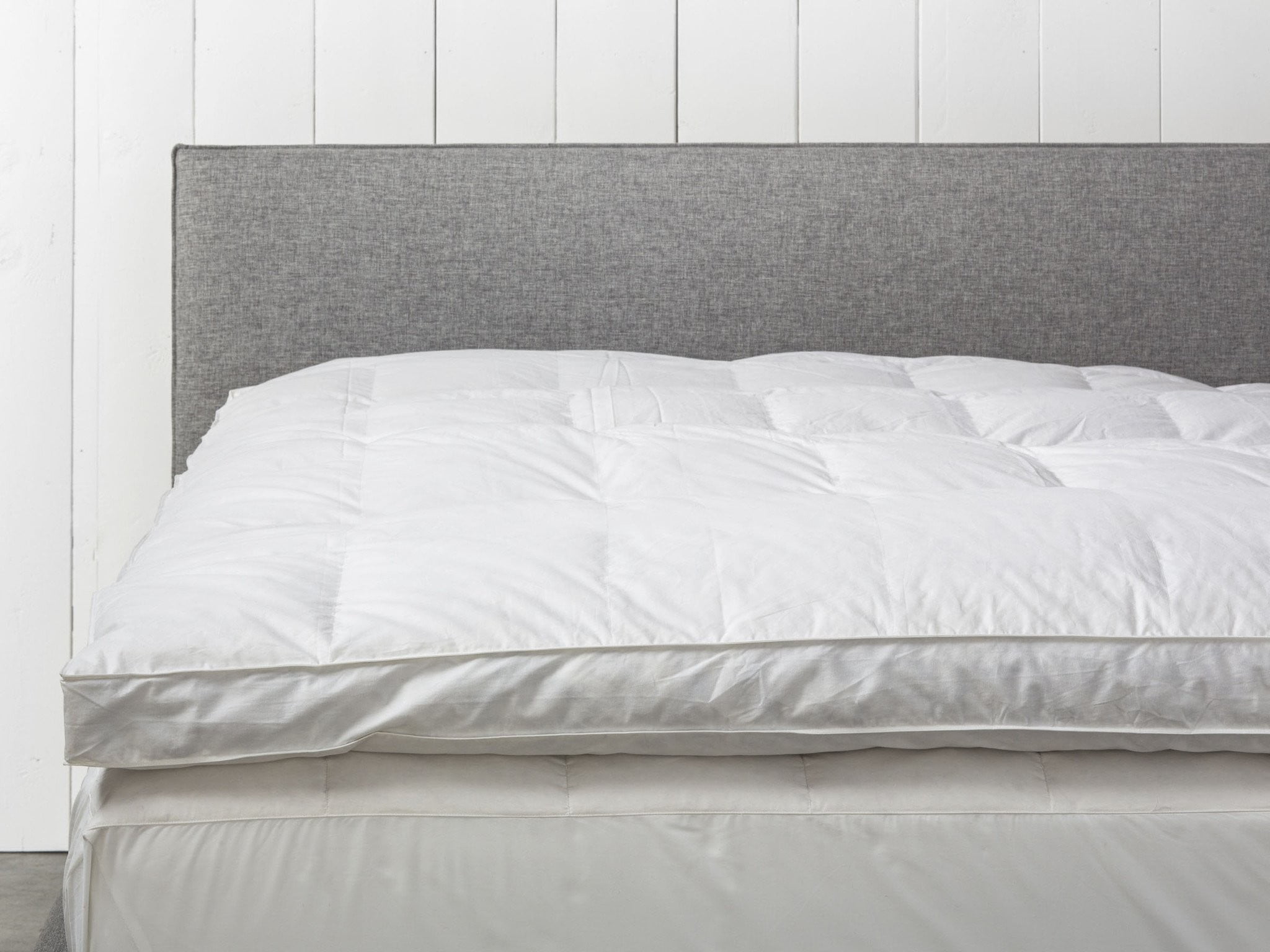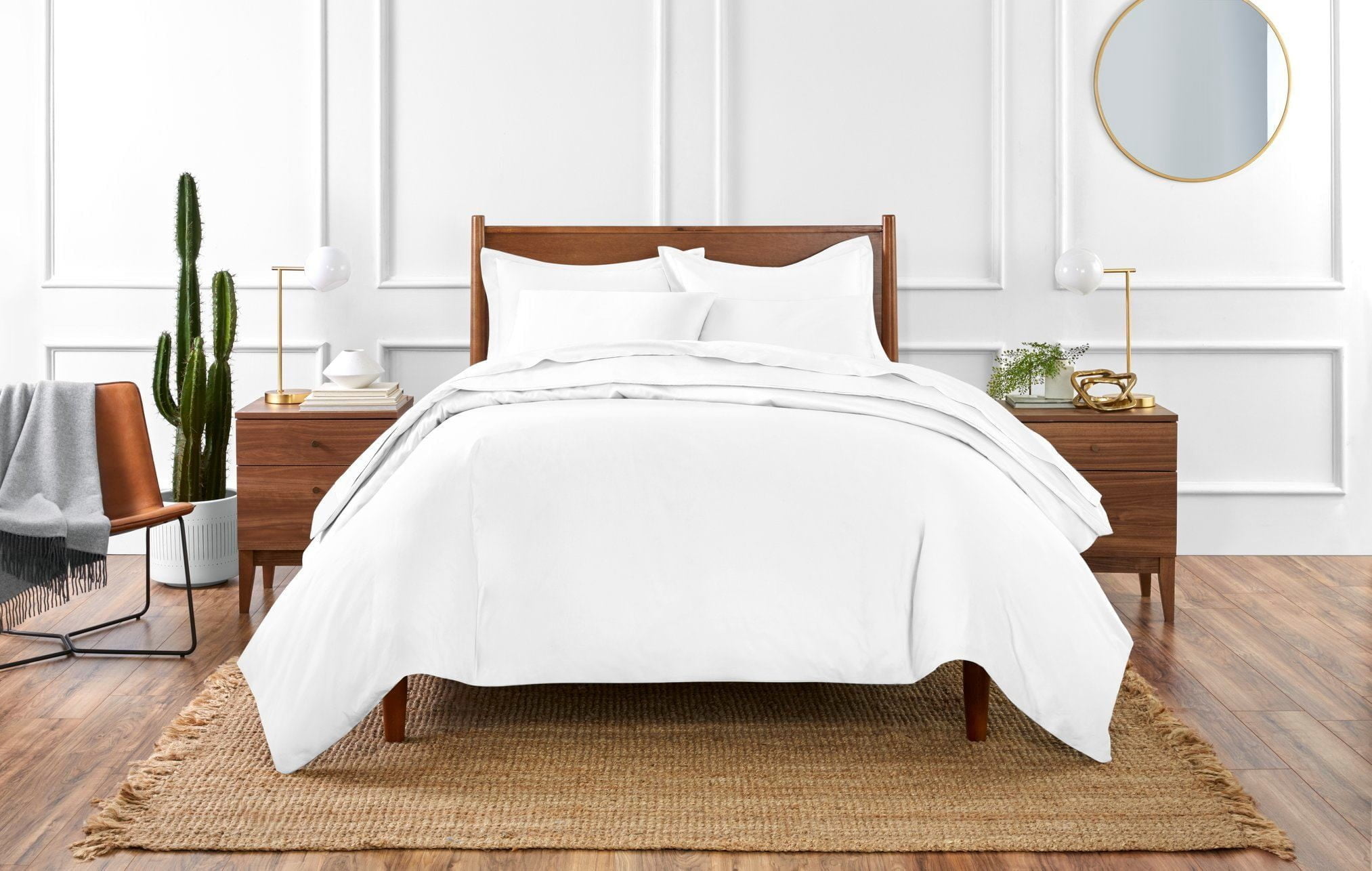Furnishing our homes is a big investment. Our favorite home furnishings require care and maintenance. But what happens when bedbugs take up residence in furniture?
Bedbugs have long been a disgusting nuisance in homes and a traveler’s worst enemy. They’ve been hanging around us for probably as long as humans have been living indoors. Although not known to carry dangerous diseases, their bites can be itchy, painful, and annoying. Bedbugs can cause revolting stain damage to beddings and furniture. Plus, they can be challenging to track down and get rid of before their presence becomes apparent.
We wanted to share some background on these pesky creatures, as well as some tips on treating furniture for bedbug prevention.

Bed bugs: A little history
Up until World War II, bedbugs were a common problem, and most Americans were well aware of how to spot an infestation and take steps to correct it. From the 1950s onward, the introduction of potent pesticides like DDT caused the number of bedbug infestations to drop dramatically. Fewer and fewer Americans came in contact with the nasty critters, and public awareness began to fall as well.
According to the Evans School of Public Policy at the University of Washington, once DDT and other environmentally dangerous pesticides began to be regulated and eliminated, and more people all over the world started to travel farther and more frequently, these nasty critters staged a comeback. By the 1990s, they had become a common problem once again.
How do bed bug problems start?
Bedbugs usually enter a home by hitching a ride from somewhere else. This is what can make them a frequent traveler’s nightmare. They attach themselves to furniture, pillows, cushions, linens, and clothing that come in contact with an infested home or hotel room. Once those items are moved into another location, they take up residence there and multiply quickly. They can also survive for days inside luggage, purses, and travel bags that carry contaminated items, giving them more opportunities to latch on to our stuff and stow away to other places.
How can we spot a bedbug infestation?
Sorry, but here is where things start to get really gross.
Bedbugs are tiny reddish-brown or yellowish insects about the size of an apple seed. They prefer to feed on nearby humans’ blood, and they live and lay their eggs in furniture, bedding, and linens. They can also live in tiny crevices along floorboards and behind low hanging drapes.
According to the U.S. Environmental Protection Agency (EPA), the most obvious signs of bedbugs are what they leave behind. Look for dark brown or red spots and stains on bedding fabric, furniture linings, and mattresses. Fun fact: This is actually their fecal matter, remnants of their blood feasts on unlucky humans! Their eggs are tiny and oval-shaped, yellowish-white in color, and can be found attached to linens, cushions, and contaminated surfaces. They also leave behind their discarded skins, and in cases of severe infestation, you may spot the bugs themselves or dead ones crushed beneath cushions and mattresses.

What are the best ways to get rid of bed bugs?
Often, people want to know how to treat furniture for bed bugs at home. We’ve pulled together some ideas for discouraging them from taking up residence and treating the presence of bed bugs around the house.
- Get rid of clutter in vulnerable areas, especially linens and clothing that tend to end up on the floor.
- If you have to store linens for long periods, consider storing them in plastic zipper bags or other sealed containers.
- If you like to frequent yard sales, thrift stores, or consignment stores, carefully inspect any second-hand furniture, pillows, and linens before bringing anything home.
- Before returning home from a hotel stay that looked suspicious, carefully inspect your luggage, bags, and clothes.
If you do find signs of bedbugs at home, here’s what to do:
- Contact a well-qualified, experienced professional pest control service to create a plan to eradicate the problem.
- Bedbugs and their eggs can be destroyed by heat that exceeds 122°F (50°C). If you have potentially contaminated items you want to save, tie them into an old pillowcase and put them into a high heat dryer cycle for at least 90 minutes, assuming your dryer can get hot enough. Be sure not to mix contaminated items with clean ones. And of course, please try to avoid this process if you share public dryers with other tenants.
- Contaminated furniture can sometimes be saved by thoroughly vacuuming cushions and fabric surfaces. If it’s possible to remove fabric linings without damaging the item, be sure to vacuum beneath them as well. When in doubt, though, consider safely and responsibly discarding them.
- If you live in an apartment complex or multi-unit dwelling, be sure to notify your landlord and neighbors about a potential infestation right away.
If you often travel and find yourself staying in hotels frequently, it’s a good idea to check for signs of our repulsive little visitors.
- Since they love to shack up in and around bedding and soft upholstered surfaces, pillows, and cushions, these are good places to start looking for evidence of their presence. Look for those nasty little reddish-brown stains, their eggs, skins, or the little devils themselves in those areas.
- Try to avoid leaving clothing or luggage items on the floor near floorboards, under furniture, or close to beddings where bedbugs like to live.
- If you do spot evidence in a hotel, motel, or B&B, be sure to alert the staff immediately.
In the end, it’s a big job eliminating bed bugs and getting your furniture in tip-top shape again. Depending on the extent of the damage, your sentimental connection to your pieces, or whether or not you can afford to replace key pieces, you might want to consider discarding items altogether.



